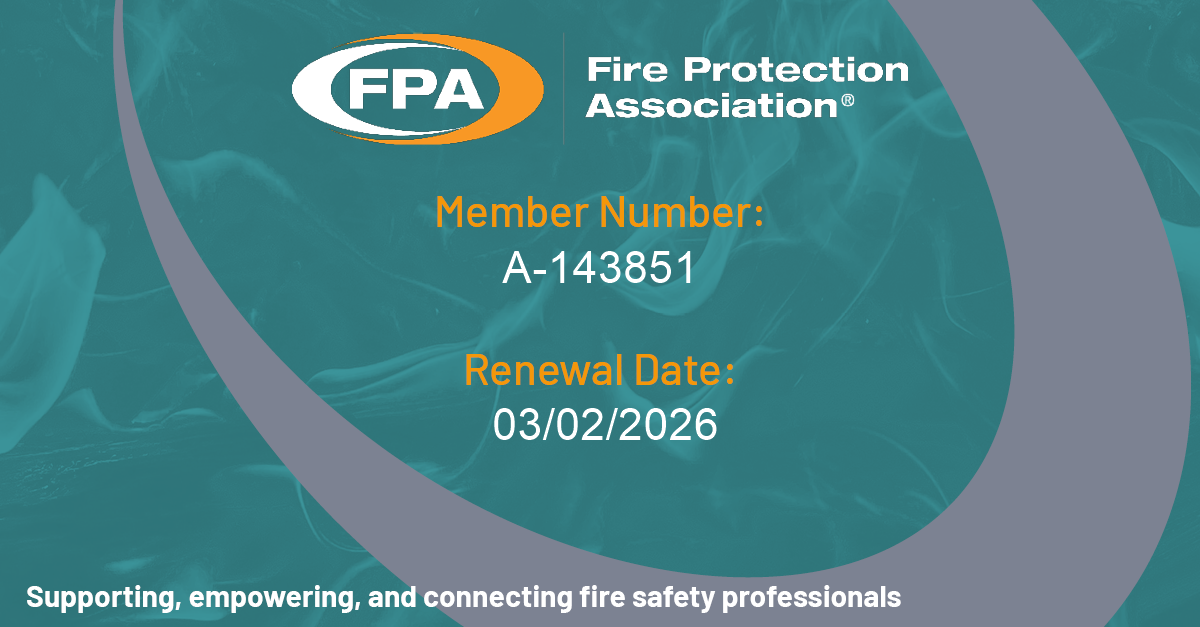You may already be on top of mandatory fire damper inspection and testing with an asset register, audited testing and access hatches fitted for all your dampers. If the answer to any of these questions is “No”, do give us a call for advice or find out more here.
Now we are waking up to another ticking bomb – the incorrect (and dangerous) use of steel self-drilling (Tek) screws to install fire dampers in the first place. Designers and installers may have acted in good faith at the time, but too many of the installations we see have ductwork connected to fire dampers using these steel self-drilling screws.
The issue has been flagged up by the Building Engineering Services Association and cannot be ignored. Now building owners and managers are going to have to fund the remediation work!
The call to action
You now need to ensure you have an up-to-date survey your fire dampers, and then plan remedial works as necessary.
It’s work that involves multiple skill sets – it cannot be just tagged on to the routine annual inspection and drop testing. The person who can survey and report on the condition and installation of your fire damper infrastructure is not the same as the technician who will typically undertake the routine inspection, testing and cleaning of dampers. Their proficiency levels and hourly rates are vastly different.
Don’t panic: take time to scope – and price – the work properly. Any remediation contract will base estimates on an hourly rate for each skill set, so it’s important that the team your partner fields brings the right combination of skills to the table in the right ratios.
What might the outcome of a survey be? Ideally a clean bill of health. If not, incorrectly fixed dampers can usually be refitted using required fusible fixings for a fraction of the cost of replacing a damper from scratch. Re-fixing work would be followed by a suitably qualified and registered passive fire protection specialist verifying the correct fire stopping system has been applied and correctly installed. Only then comes the return to routine annual inspection, testing and resetting of the fire damper.
Don’t be fooled by the fact that your dampers have apparently passed muster before. A damper with the wrong fixing screws could be in good working order and pass annual routine inspection and testing – but if it has the wrong fixings, it may well not perform when it really matters, in a fire.
The problem
The current concern surrounds the use of the wrong type of fixings – self-drilling or Tek screws – to fix ventilation ductwork to dampers. As fire damper inspectors and testers, we can attest to having seen enough instances of this to know the issue is a real and live concern, although no-one knows for sure how common it is. So, you need a strategy for checking all your dampers and scheduling remedial work.
Correctly installed dampers will have been secured by fixings such as aluminium or nylon, which will melt in a fire and allow the duct to break away. Otherwise, a collapsing duct could pull the damper out of place and break the seal between the fire zones.
Why now?
The services industry, and that includes Airmec, has been successful in boosting the uptake of fire damper testing and inspection, and that has eventually led to there being a critical mass of feedback on the use of inappropriate fixings. The issue cannot now be ignored and, quite rightly, the industry itself is pushing it to the forefront.
The alarm bell was sounded last year by The BESA (Building Engineering Services Association), and the strength of the warning has successfully precipitated government action from the UK’s product regulator, the Office for Product Safety and Standards (OPSS). OPSS says it has contacted some manufacturers, importers, or distributors of smoke control dampers asking for documentation which includes, but is not limited to, declarations of performance.
BESA is in the process of updating its own guidance, but given the importance of the issue it has issued an Interim technical note on fired damper maintenance to stress the importance of using the correct fixings for dampers.
Be under no illusion: incorrectly installed fire dampers may not perform their function of reducing the spread of smoke in a building during a fire. You need to act now to check on your installation.
The guidance
BS 9999 is the recognised Code of Practice for fire safety in the design, management and use of buildings and it requires that fire and smoke dampers are tested annually. Any dampers found to be faulty must be repaired or replaced on an urgent basis.
At a practical level, it is BESA DW145: Guide to good practice for the installation of fire and smoke dampers and BESA VH001:Fire damper maintenance which are the touchstones. VH001 3rd edition already requires confirmation of the presence of breakaway and flexible joints that will leave the damper in place and maintain fire separation if there is a fire. The latest version of DW145 was published in Novmber 2024.
Who is responsible?
There are a lot of people involved in fire damper specification and installation but, overarching, The Regulatory Reform (Fire Safety Order) requires that the person responsible for the building – be that the owner or the occupying employer – take necessary precautions for fire safety in a building. That’s where the buck stops.
Published: 22 November 2023 | Updated: 30 November 2024











